What Does North Carolina Lithium Mines and The Dark History of Cobalt Mining in Idaho Have to do With Each Other?
Mines, Water, and the Catastrophic Teton Dam Failure
Idaho’s cobalt mining history is a tale of ambition, environmental degradation, and disaster. From its origins in the late 1800s to the infamous Blackbird Mine, cobalt mining brought both economic opportunities and profound environmental challenges. The region’s rivers and ecosystems paid the price, and the local communities—farmers, ranchers, and environmental activists—fought back against a seemingly unstoppable industry. At the heart of these battles was the ongoing struggle over land, water, and industrial power.
But this story takes a darker turn when one considers the Teton Dam failure in 1976—a disaster that wiped out vast areas of Idaho farmland. Was this catastrophe purely the result of engineering failure, or was there a more sinister connection to the mining industry? And today, as cobalt mining surges once more with military backing, locals again face water curtailments, unseasonal wildfires, and eerie echoes of the past.
The Origins of Cobalt Mining in Idaho
The discovery of cobalt in Idaho can be traced back to the 1901 when prospectors began identifying the region’s rich mineral deposits as far back as the late 1800s, particularly near the Salmon River. However, it wasn’t until the mid-20th century that cobalt mining truly gained momentum, driven by demand for the metal during both World Wars and the Cold War. Cobalt, with its high melting point and strength, was essential for creating military-grade alloys, particularly in the production of tanks, aircraft, and naval vessels.
The Blackbird Mining District, located near Salmon, Idaho, became the epicenter of cobalt production by the 1940s and 1950s. With the Blackbird Mine emerging as one of the most significant producers in the U.S., it fueled national security concerns during the Cold War, given cobalt’s strategic importance.
Environmental Catastrophe: The Blackbird Mine
From the start, however, cobalt mining in Idaho brought disaster for the environment. The Blackbird Mine, in particular, became notorious for its poor waste management practices, leading to widespread environmental contamination. Toxic tailings from the mine—laden with heavy metals like cobalt, copper, and arsenic—seeped into nearby creeks and rivers, including the Salmon River. These metals poisoned aquatic life, leading to massive fish die-offs that ravaged local ecosystems.
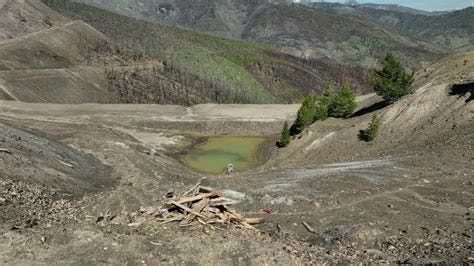
As early as the 1950s, ranchers, farmers, and environmental activists began raising alarms. The fish kills were undeniable, with thousands of salmon and trout found floating dead in the river. These fish were not only an essential part of the local ecosystem but also a vital resource for the economy, supporting both commercial and recreational fishing industries. Water contamination also affected irrigation systems, threatening agriculture and livestock.
The destruction caused by the Blackbird Mine was so severe that the U.S. Fish and Wildlife Service documented the damage, warning of the long-term consequences for the region. But despite this, the mining companies continued operations, downplaying the environmental impact and fighting lawsuits filed by locals. By the early 1960s, contaminated water had resulted in the Snake River spring/summer Chinook salmon being eliminated from Panther Creek.

By the 1970s, the voices of protest grew louder. Ranchers, farmers, and environmental groups filed lawsuits, accusing the mining companies of turning a blind eye to the devastation they were causing. However, many of these legal battles were drawn out, and the damage to the environment continued unabated. Despite mounting evidence, mining operations pressed on until 1982, when the Blackbird Mine finally ceased operations.

But the damage left behind was so extensive that the site was eventually designated as a Superfund site by the Environmental Protection Agency (EPA) in 1993. A Superfund site is a location contaminated with hazardous materials that poses risks to human health and the environment. These sites are part of the Superfund program established by the Comprehensive Environmental Response, Compensation, and Liability Act (CERCLA) in 1980, allowing the EPA to clean up and compel responsible parties to perform cleanups or reimburse the government for cleanup efforts. The cleanup continues to this day, and the environmental legacy of the mine and several other Superfund sites throughout Idaho remains a scar on Idaho’s landscape.
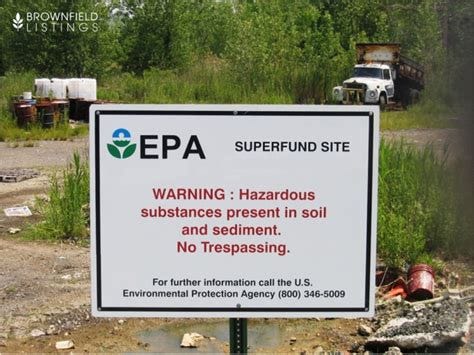
Pocatello: A Hub for Mining, and a Hotspot for Environmental Struggles
While Salmon’s Blackbird Mine is the most infamous for cobalt, Pocatello, a city in southeastern Idaho, has its own history of mining and environmental concerns. The Pocatello mining district—an area rich in silver, copper, and cobalt—saw mining activity from the late 19th century through much of the 20th century. Though cobalt was not always the primary target, it was often extracted alongside other metals.
The key environmental issue in Pocatello was the smelting process, which released toxic gases and waste into the air and water. The Pocatello smelter, which operated from 1902 to 1984, processed ores from the area’s mines and released pollutants, including lead, arsenic, and sulfur dioxide into the surrounding environment. The smelter became a major source of acid rain and water contamination, particularly affecting the Portneuf River, which runs through the city.
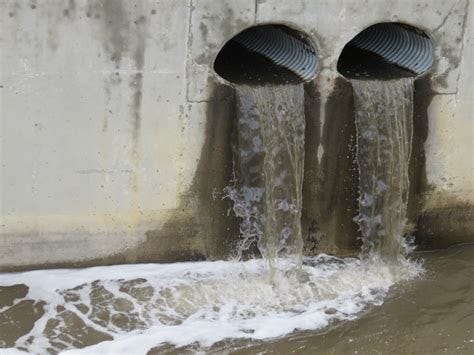
By the 1960s, residents of Pocatello began to raise alarms about the impact of mining and smelting on their health and environment. Children’s health was a particular concern, as lead poisoning became more common in the area. By the 1970s, Pocatello was at the forefront of environmental protests against the mining industry. Despite these efforts, cleanup of the contaminated areas was slow, and the Portneuf River continued to suffer from pollutants. The Pocatello smelter was eventually designated a Superfund site, and significant cleanup efforts were initiated in the 1990s.
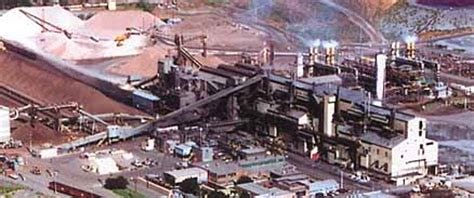
The Teton Dam Failure: A Catastrophe That Raises Questions
In the midst of Idaho’s environmental struggles with mining, another disaster hit the state with devastating consequences—the collapse of the Teton Dam in 1976.
Designed by the Bureau of Reclamation to provide irrigation and flood control for eastern Idaho, the Teton Dam was hailed as a modern marvel when it was completed. However, just months after the dam was finished, it catastrophically failed on June 5, 1976.
The failure unleashed a torrent of water, with over 250,000 acre-feet of water gushing into the Teton River Canyon. The destruction was almost unimaginable:
11 people lost their lives in the disaster.
Approximately 14,000 cattle and livestock were killed, wiping out generations of ranching investments.
Over 300 square miles of farmland were inundated, and entire farming communities were wiped out.
The economic damage surpassed $1 billion.
For the agricultural community, the Teton Dam failure was a death blow. Crops, irrigation systems, and livestock were gone in an instant, leaving farmers devastated. The failure of the dam was officially blamed on poor engineering practices and faulty design, with cracks in the dam’s foundation allowing water to seep through and eventually cause the collapse.
However, some locals began to question whether the timing of the disaster was merely a coincidence. As environmental protests against mining were gaining traction in the state, could the Teton Dam failure have served as a convenient distraction for mining companies?
Could the Teton Dam Failure Have Benefited the Mines?
It’s essential to consider how the failure of the dam may have indirectly benefited the mining companies:
Public Attention Shifted: The collapse of the Teton Dam drew national attention, completely overshadowing the environmental battles being fought by locals in the Salmon region against the mining companies. Instead of focusing on lawsuits and environmental destruction caused by the Blackbird Mine, the public and media turned their attention to recovery efforts in the wake of the dam failure.
Weakening of Opposition: The flood wiped out hundreds of farms and ranches, weakening the economic base of the very people who had been protesting against the environmental degradation caused by mining. With their livelihoods destroyed, farmers were forced to prioritize rebuilding rather than continue their fight against the mining companies.
Delay of Environmental Investigations: In the wake of the Teton Dam failure, resources and government focus were diverted to disaster relief efforts. This likely delayed investigations into the Blackbird Mine’s environmental damage, allowing the mining companies to evade additional scrutiny during a critical period.
Although the Teton Dam disaster was officially blamed on faulty engineering, the timing of the failure—just as environmental battles against mining were intensifying—raised questions that have lingered for decades. Can we believe the official narrative?
A New Era of Cobalt Mining: Military Contracts and Renewed Water Battles
Fast forward to December 2023, and cobalt mining in Idaho is experiencing a resurgence. Jervois Global, the new operator of the Salmon cobalt mine, signed a 24/7 operational contract with the U.S. Department of Defense (DoD) for $15 million.
Cobalt, once again, has become crucial for national security due to its role in:
Military Alloys: Cobalt is essential for producing high-strength alloys used in military vehicles, aircraft, and submarines.
Advanced Battery Technology: Cobalt is a key component in lithium-ion batteries used in everything from drones to advanced weapon systems.
Emerging Military Technologies: Cobalt is vital for next-generation military technologies, including directed energy weapons and other advanced defense systems.
However, as cobalt mining ramps up, the same old problems are returning. Farmers and ranchers near the Salmon and Pocatello Idaho areas are now facing water curtailments as water is being diverted to support the mine’s 24/7 operations, but the government agencies are making it appear like it is a completely separate issue when it really doesn’t appear to be.
These agencies are trying to justify strict water regulations by pointing to climate change and drought, even though it's clear they have the technology to either induce rain through cloud seeding or control weather patterns to prevent it. As the mine demands ever-increasing amounts of water, local agricultural communities are once again under pressure—whether they're aware of what's happening or not. This is happening despite the fact that Idaho didn’t experience a drought in 2024, and in fact, some areas even saw major flooding.
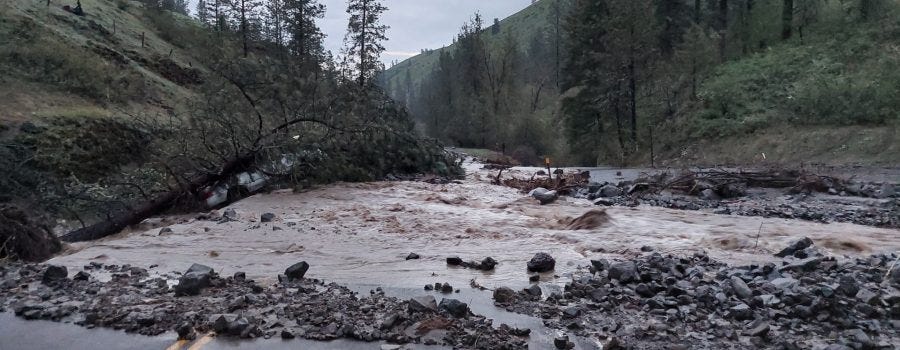
Unseasonal Wildfires in October: An Ominous Sign?
Adding to the tension, the Salmon and Idaho area is experiencing unseasonal wildfires, breaking out in October—a time when the region is usually freezing. These wildfires have raised suspicions among locals, with some believing that the fires are part of a broader effort to push people off their land or disrupt local agriculture to further prioritize mining interests. Fires burning at this time of year are unusual, adding to a sense of unease that echoes the suspicions of the past.
The Echoes of North Carolina: Lithium, Flooding, and Mining
These suspicions aren’t confined to Idaho. In North Carolina, residents near lithium mines have faced similar battles, with massive floods occurring around mining operations. After Hurricane Helene, locals saw severe flooding, and many believed that poor water management, combined with mining interests, made the disaster worse.
The parallels between North Carolina’s lithium mines and Idaho’s cobalt mines are striking, with local communities feeling the same sense of displacement and frustration.
A History of Sacrifice for Profit?
As Idaho reopens its cobalt mines, particularly in regions like Salmon and Pocatello (and other places throughout the United States) the pattern of environmental destruction and social displacement appears to be repeating itself. With the military now directly involved in securing cobalt for defense technologies, the stakes are higher than ever. But as the state continues to cater to the needs of the defense industry and global demand for technology minerals, one has to ask: Are the people of Idaho and the United States paying the price once again for resource extraction?
The recurring issues—water diversion, pollution, supposed wildfires, flooding, and local displacement—raise alarming questions about whether these disasters are truly accidents or whether they are part of a broader, more strategic effort to clear the way for industrial exploitation. Is it just coincidence that Idaho’s and the United State’s most valuable resources are often tied to environmental catastrophes? Given the history and current developments, it certainly seems as though something is amiss, and it’s time for these communities to be heard. The cost of cobalt may be higher than anyone has realized, and it’s not just in dollars—it’s in the land, the water, and the safety of Idaho’s people.




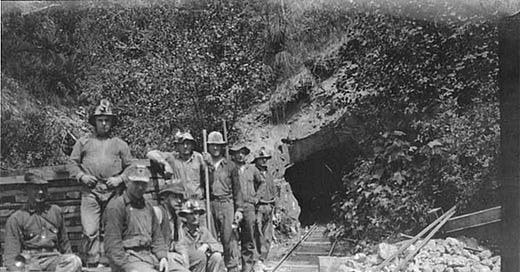






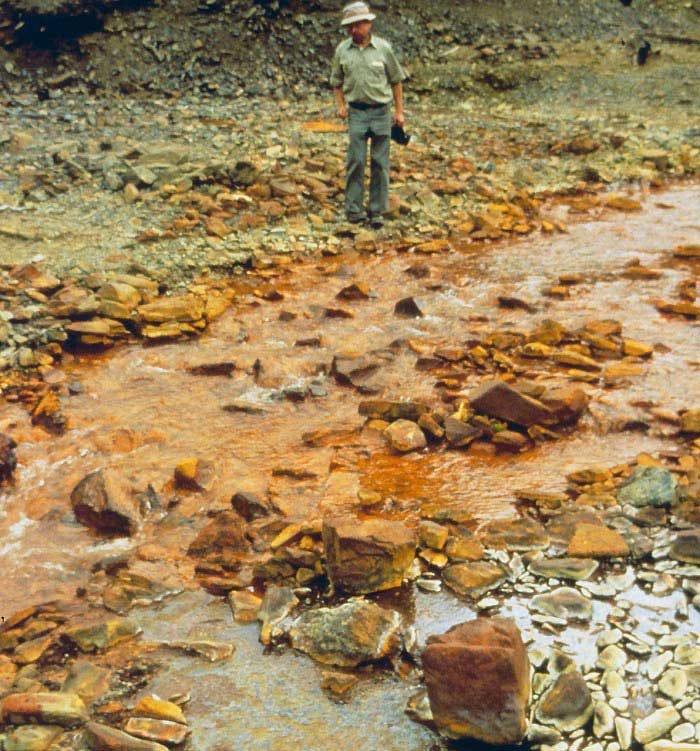
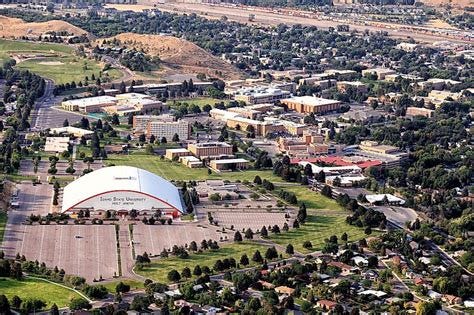
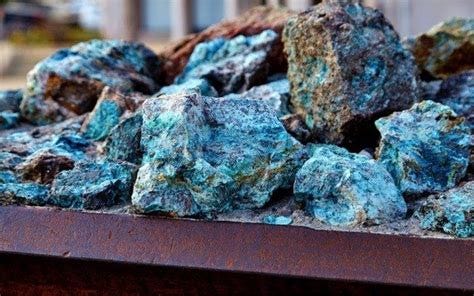
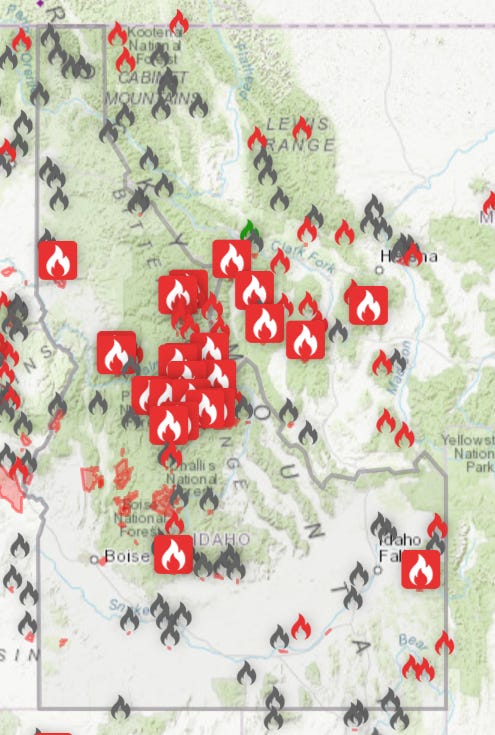

Moneyed psychopaths... What They won't do!